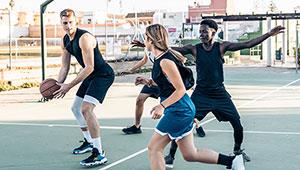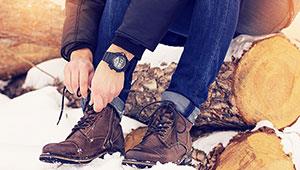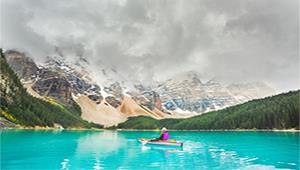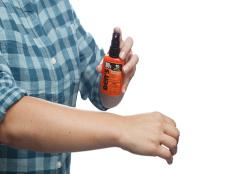Okay, you know darn well you've been wanting to try "that crazy adventure racing stuff" for a while now. Well, this is your quit-being-afraid-and-get-out-there official quick-start guide! One word of advice before we start: RUN! NOW! Before it's too late! Adventure racing is the most addictive sport you will ever try, and once you get sucked in, there's no going back.
So you may as well sell your aero bars, clear out your garage to make space for scads of new gear, cut back on your hours at work, give away your tangerine Speedo, invest in some duct tape and call all your closest pals 'cause you're about to enter a world where anything and everything is possible. (Your course is limited only by your imagination.)
And you will learn way more than you ever wanted to know about yourself and your teammates -- for better and for worse. And you may never want to come back. Still in? Do I hear a "heck yeah?" Okay, let's do it! But when you find yourself eventually standing at the start of the Primal Quest or the Raid Gauloises questioning your sanity, don't say I didn't warn you.
Here's an overview of the sports involved, a brief training plan for each and some handy tips that we old timers had to learn the hard way:
Hiking/Running/Scrambling
Many of your races will start out with a run that turns into a hike or scramble, so you'd better be ready on all counts. Hiking and running muscles are very different, so you need to train both -- and practicing scrambling (on as many different types of terrain as you can find, including wet, slippery stuff) is the key to gaining that competitive advantage on the roadies.
Training: For a race of 12 hours or less, you should follow a half marathon training plan, but do most of your runs on trails, if possible. For a race of more than 12 hours, you should follow a full marathon training plan and use the same guidelines. Start doing hill repeats (i.e. four to six sets of 80 percent effort on a hill that takes three to four minutes to run) and interval training (two-three-four-five minutes "on" with an equal amount of rest in the "off" phase) twice per week in the final month of training leading up to the race. Tips: Race and train in trail running shoes versus regular road running shoes. (Better grip, more stability, fewer stone bruises and fewer blisters.) Practice running/hiking with a 10-15 pound pack several times before your race, both for the strength benefits and the knowledge of your equipment (i.e. how are you going to get to your water? Food? Where is the most efficient place to store required gear for easy access? Does the pack grate you like cheese on your neck, back, arms?) Wear thin Coolmax socks to prevent blisters. Two pairs if it's cold. Take all of the calluses off of your feet before a race. Calluses actually cause deep blisters, which are very painful. Wear short gaitors to keep "crap" out of your shoes.









Discuss This Article